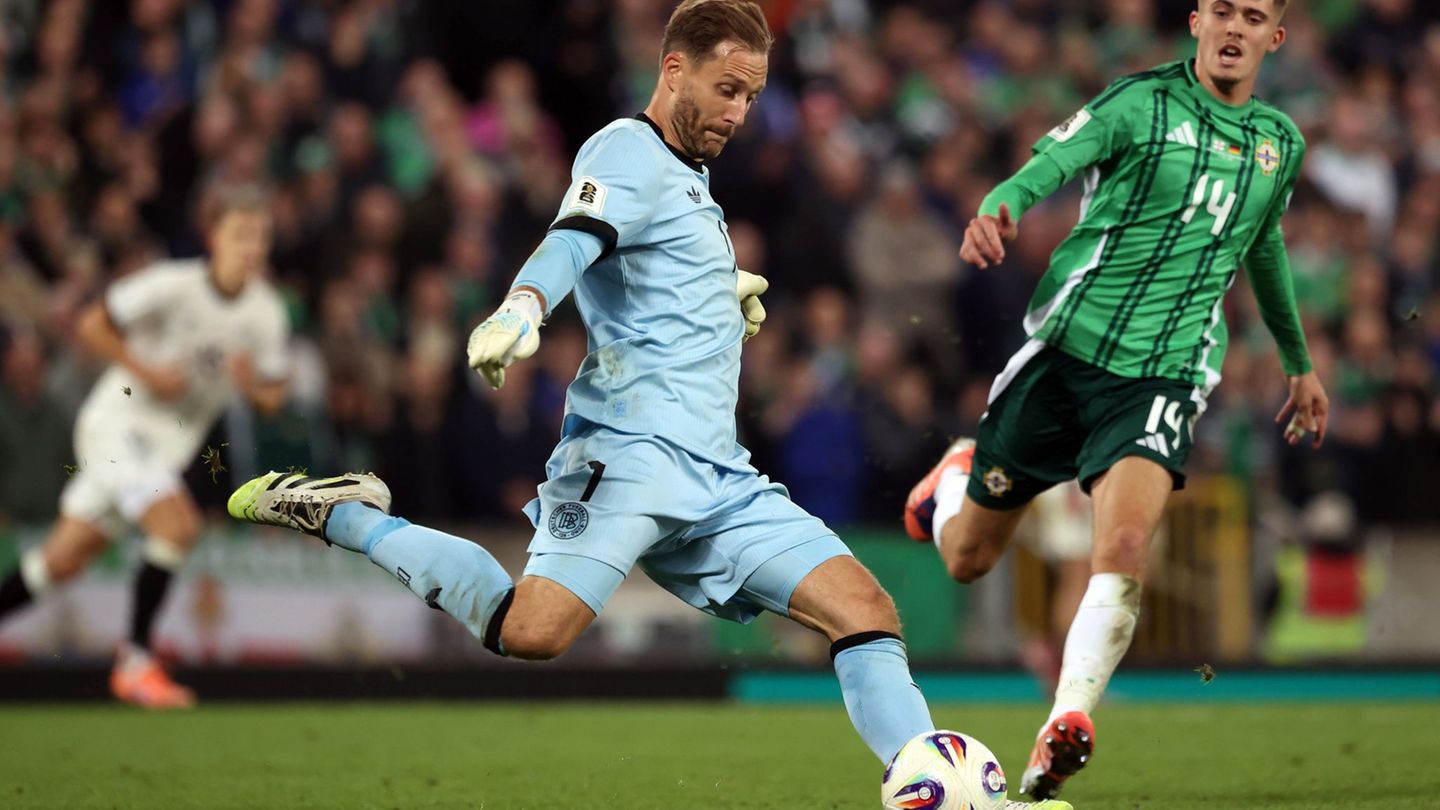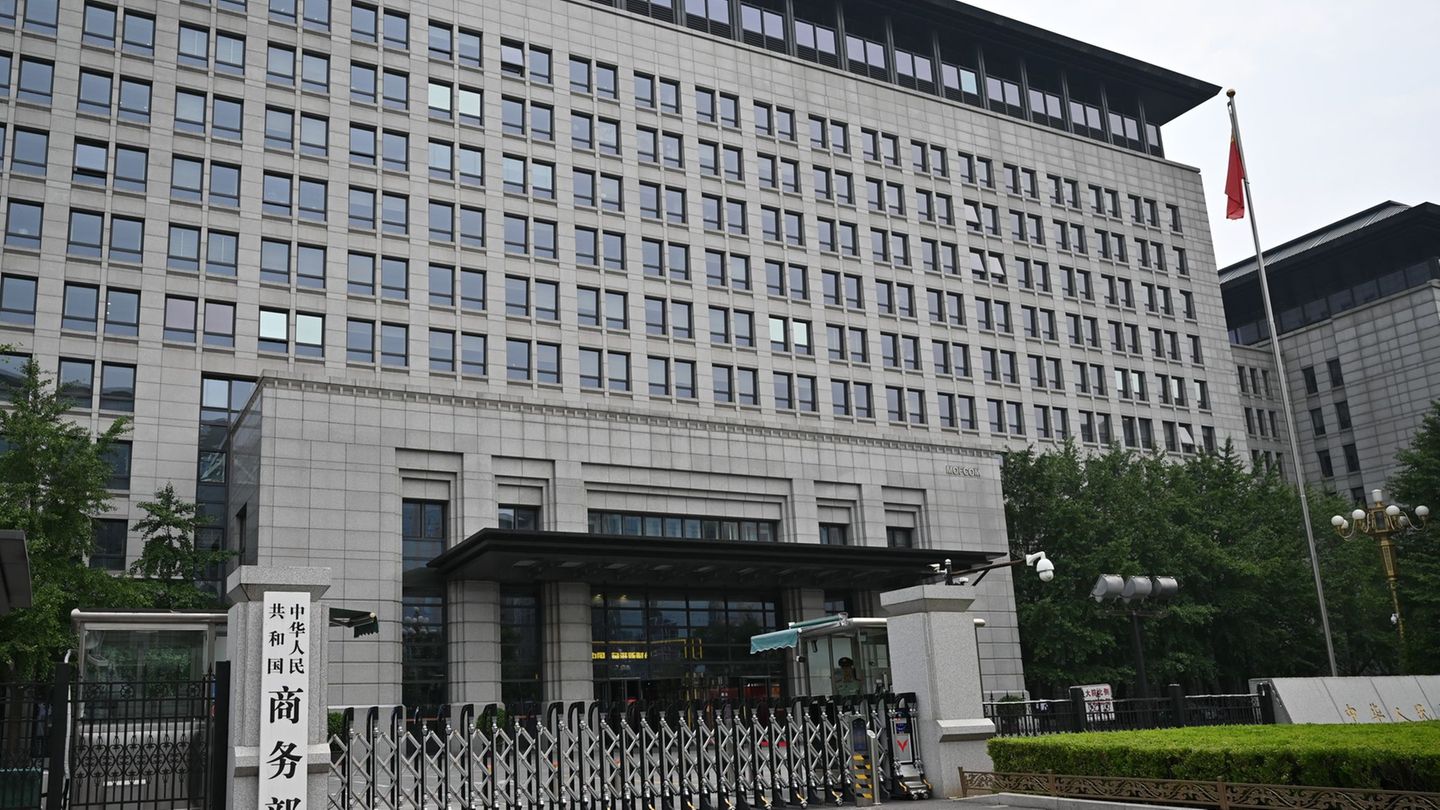The train drivers’ union has hit the railway’s passenger traffic hard with the warning strike. Like collective bargaining, however, is completely open. GDL boss Weselsky is confident of victory.
The day after the warning strike by the train drivers’ union GDL, Deutsche Bahn wants to bring normal passenger transport services back onto the rails. The federally owned company announced this online in the evening. “A few canceled trains as a result of the GDL strike are possible, especially during the morning start-up,” it said. The GDL had previously been on strike for hours on passenger and freight traffic, largely paralyzing them. The strike was supposed to end at 10 p.m.
In long-distance transport, the railway put around 20 percent of the program on the rails in accordance with an emergency timetable. The situation in regional transport was very different. In some regions there were hardly any trains, in others there were only a few lines. Replacement buses were also used during the 24-hour warning strike.
Weselsky: “We will crack them”
It was the second industrial dispute in the ongoing collective bargaining dispute between the railways and the GDL. The Transdev company was also on strike, and here too there is currently no progress in the collective bargaining dispute. Union boss Claus Weselsky is confident that the warning strike will be able to enforce the demands against the railway board. “We will crack them,” said the GDL boss in front of demonstrators in Potsdam.
He appeared at a rally on the sidelines of collective bargaining for the federal states’ public services. With the campaign, the civil service association dbb, of which the GDL is a member, wanted to demonstrate solidarity with railway employees.
Survey: 60 percent have no understanding of the warning strike
The effects on freight transport were also serious, with train drivers stopping work for 28 hours. The railway announced on Thursday that around 170 freight trains had already backed up in Bavaria due to the winter chaos. “It is feared that this number will double,” said a spokesman.
While Weselsky appeared confident of victory, according to a survey by the Yougov Institute, many people in Germany were annoyed by the renewed warning strike. Almost 60 percent of those surveyed said they had no understanding of the GDL’s walkout under its boss Claus Weselsky. 30 percent, however, expressed understanding for the industrial dispute.
Progress of negotiations remains unclear
If you count the industrial action by the larger railway and transport union (EVG) in the first half of the year, this is the fourth warning strike this year that has led to far-reaching restrictions for passengers. There is already a deal with the EVG. The GDL, in turn, declared collective bargaining with the railways to have failed around two weeks ago. It is unclear when and how we will speak to each other again.
The crux of the negotiations is primarily the GDL’s demand to reduce working hours for shift workers from 38 to 35 hours. The railway fundamentally rejects this and points out that it would then need ten percent more staff in the relevant professions. In addition, the union is demanding, among other things, 555 euros more per month as well as a tax- and duty-free inflation compensation bonus. The railway has already promised, among other things, eleven percent more, with a term of 32 months.
After the warning strike, passengers can now breathe deeply. GDL boss Weselsky has ruled out further labor disputes up to and including January 7th. After that, the labor disputes are expected to become longer and more intense. The GDL is currently holding a strike vote among its members on indefinite strikes. The result is expected on December 19th.
Source: Stern




